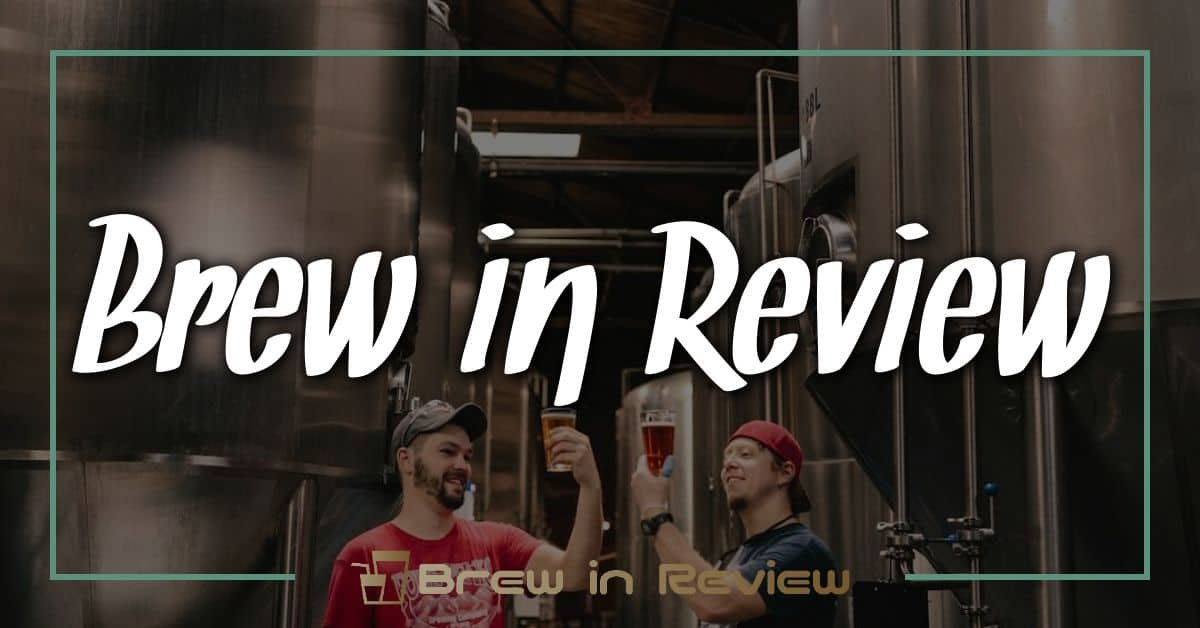As a beer enthusiast, I’m always curious about how laws shape the brewing landscape. With 2025 just around the corner, some significant changes are on the horizon that could transform how we enjoy our favorite brews. From new regulations on production to fresh opportunities for craft breweries, these shifts promise to shake things up in exciting ways.
Overview of Beer Laws Changing in 2025
In 2025, significant changes in beer laws will reshape the brewing landscape. States across the U.S. are updating regulations, streamlining production, and enhancing distribution options. These changes foster growth for craft breweries and provide more choices for consumers.
Key Changes
- Production limits: New production limits will allow microbreweries to expand operations. This adjustment encourages smaller brewers to scale up without facing restrictive licensing issues.
- Distribution models: Innovative distribution models will emerge, making it easier for craft breweries to reach consumers. Direct-to-consumer sales will become more common, allowing breweries to sell their products on-site or through online platforms.
- Sales regulations: Changes in sales regulations will provide flexibility for taprooms. Breweries can operate under relaxed hours for tastings and events, boosting customer engagement and revenue opportunities.
- Collaboration opportunities: Enhanced regulations around collaboration brewing will encourage partnerships between breweries. Joint ventures create unique beers by combining techniques and ingredients.
- Homebrewing laws: With a growing interest in homebrewing, some states are loosening restrictions on homebrewing activities. These changes will allow homebrewers to sell limited quantities of their creations, fostering a vibrant homebrew community.
Understanding these upcoming changes will benefit both professional brewers and homebrewers alike. Exciting possibilities await, and I look forward to sharing these innovations with fellow brewing enthusiasts.
Implications for Brewers
The impending changes in beer laws come with a range of implications for brewers at all levels. From small microbreweries to large-scale operations, the shift in regulations will bring new opportunities and challenges.

Impact on Small Brewers
Small brewers stand to gain significantly from these law changes. New production limits allow microbreweries to scale up operations without the constraints faced previously. Enhanced distribution options will facilitate direct-to-consumer sales, making it easier for me to get my craft brews into the hands of local customers. Collaborative opportunities with other breweries increase, enabling us to create unique and limited-edition brews. Many states are easing restrictions on homebrewing, which benefits both hobbyists and small-scale producers. This allows me to explore creative brews at home, with the potential to sell my experimental creations in small quantities.
Challenges for Large Breweries
Large breweries may navigate a more complex landscape due to these changes. New regulations could challenge established distribution models, prompting larger producers to rethink their strategies. They might face increased competition from small brewers who can now sell directly to consumers and experiment without the constraints of big corporate structures. Adapting to the streamlined regulations may involve reevaluating pricing structures and marketing approaches. While they benefit from some regulatory easing, staying agile in a rapidly changing market presents a significant challenge for larger operations.
Consumer Effects
The upcoming changes in beer laws promise to significantly impact consumer experiences. As a professional brewer and homebrewer, I realize these shifts will create exciting opportunities for beer enthusiasts and small producers alike.
Changes in Availability
New production limits for microbreweries will enhance beer availability. Many small breweries can now produce larger batches, meaning more local craft beers on tap. Direct-to-consumer sales expand access to unique brews, often unavailable outside their home state. Homebrewers also gain opportunities to share their creations, as some states now permit limited sales at local markets or events. Increased collaboration between breweries means more inventive and diverse beers—a win for adventurous drinkers like me.
New Pricing Structures
The revised laws will likely lead to new pricing structures that favor consumers. With enhanced distribution models, smaller breweries can offer competitive prices without being stifled by traditional distributors’ markups. As a homebrewer, I see the potential for cost-effective ingredients as restrictions ease. This allows passionate brewers like myself to create exceptional beer at home without breaking the bank. New pricing strategies will create a more vibrant marketplace, inviting beer lovers to explore new flavors and styles.
Regulatory Changes
With 2025 approaching, several regulatory changes are set to reshape the brewing landscape across the U.S. Understanding these updates is crucial for both professional brewers and homebrewers like me.
State vs. Federal Regulations
State laws often dictate local brewing practices, which differ significantly from federal regulations. States can establish their guidelines on production limits, distribution methods, and sales processes. As states loosen restrictions, opportunities for new production and sales models arise. For instance, some states allow craft breweries to increase production limits, enabling them to serve more customers. Understanding the interplay between state and federal regulations becomes vital for brewers aiming to navigate the evolving landscape effectively.
Compliance Requirements
Compliance becomes essential as new regulations emerge. Brewers must stay informed about licensing requirements, health codes, and labeling laws. Local authorities may require specific permits to facilitate direct-to-consumer sales, altering how I approach brewing and selling my homebrews. Each state or municipality may impose unique compliance measures, ensuring I pay attention to local updates. Regular training and seminars can help keep brewers like me aware of best practices, ensuring adherence to evolving laws and keeping my brewing operation smooth and successful.
Conclusion
As we look ahead to 2025 the brewing landscape is set to undergo some exciting transformations. I can’t wait to see how these changes will empower craft breweries and enhance our beer-drinking experiences. With more local brews available and innovative distribution methods emerging it’s a great time to be a beer enthusiast.
I’m particularly thrilled about the opportunities for collaboration and the increased access for homebrewers. It feels like a new era for creativity in brewing is on the horizon. Staying informed about these evolving laws will be key for both brewers and consumers alike as we embrace this vibrant marketplace. Cheers to the future of beer!




